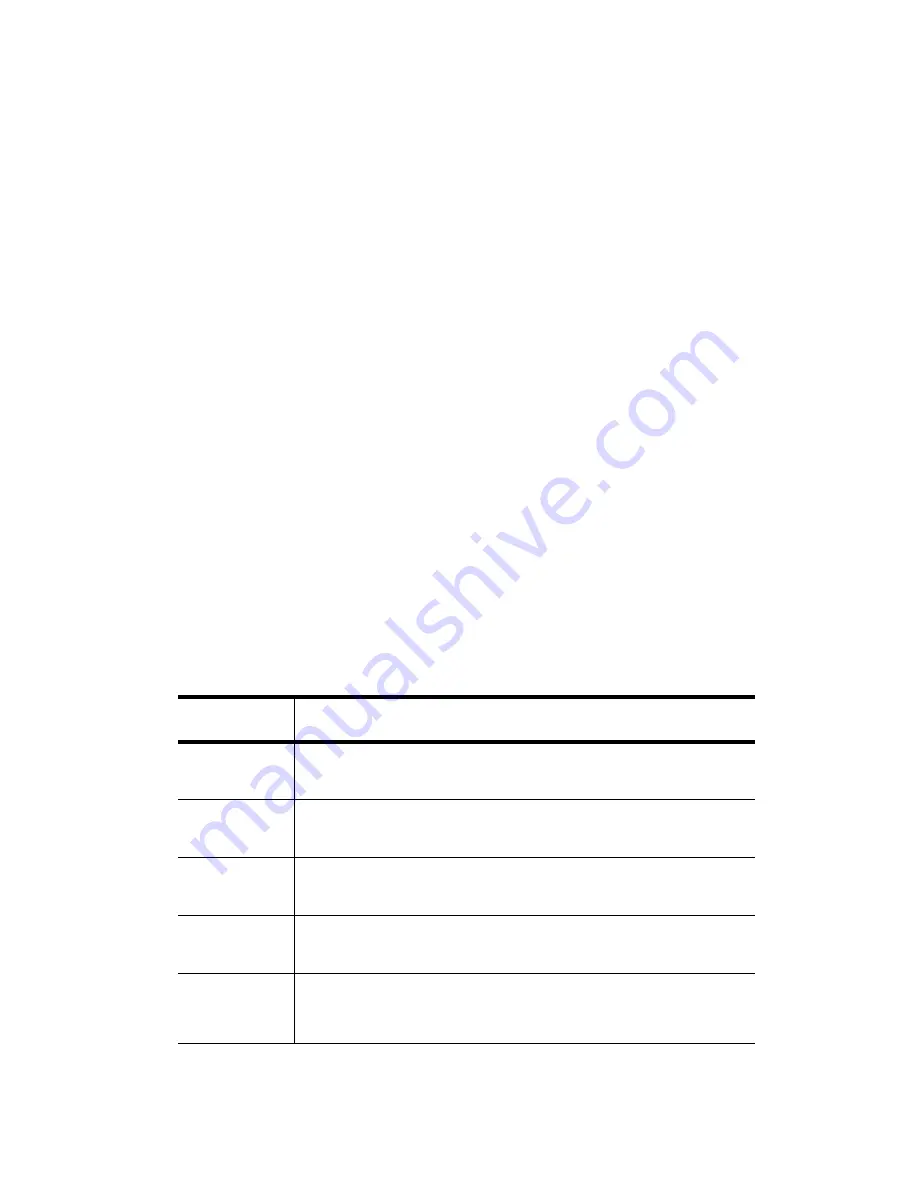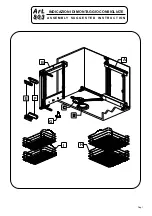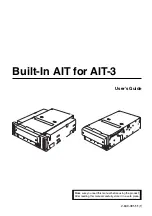
www.3ware.com
23
Chapter 3. First-Time
RAID Configuration
Using 3DM 2
Your choice of which type of RAID unit (array) to create depends
on your needs. You may wish to maximize speed of access, total
amount of storage, or redundant protection of data. Each type of
RAID unit offers a different blend of these characteristics.
The following table provides a brief summary of RAID type
characteristics. For a more in-depth explanation of RAID
characteristics, concepts, and terminology see “Understanding
RAID Concepts and Levels” in the
3ware Serial ATA RAID
Controller User Guide
or in the online help for 3DM 2.
Tip:
The terms
fault tolerance
and
redundant protection
mean that,
in the event a drive fails, your data is still accessible because there
is another copy of it.
Table 1: RAID Configuration Types
Raid Type
Description
RAID 0
Striped unit. Provides improved performance, but no fault
tolerance.
RAID 1
Mirrored unit. Provides fault tolerance and a read speed
advantage over non-RAID disks.
RAID 5
Combines striping with parity. Provides improved
performance, fault tolerance, and high storage efficiency.
RAID 10
A combination of striped and mirrored units for fault
tolerance and high performance.
Single Disk
Not a RAID type, but supported as a configuration.
Provides for maximum disk capacity with no redundancy.
Summary of Contents for 9650SE-4LPME
Page 50: ......
















































